Llengua Anglesa

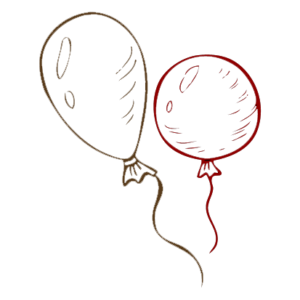
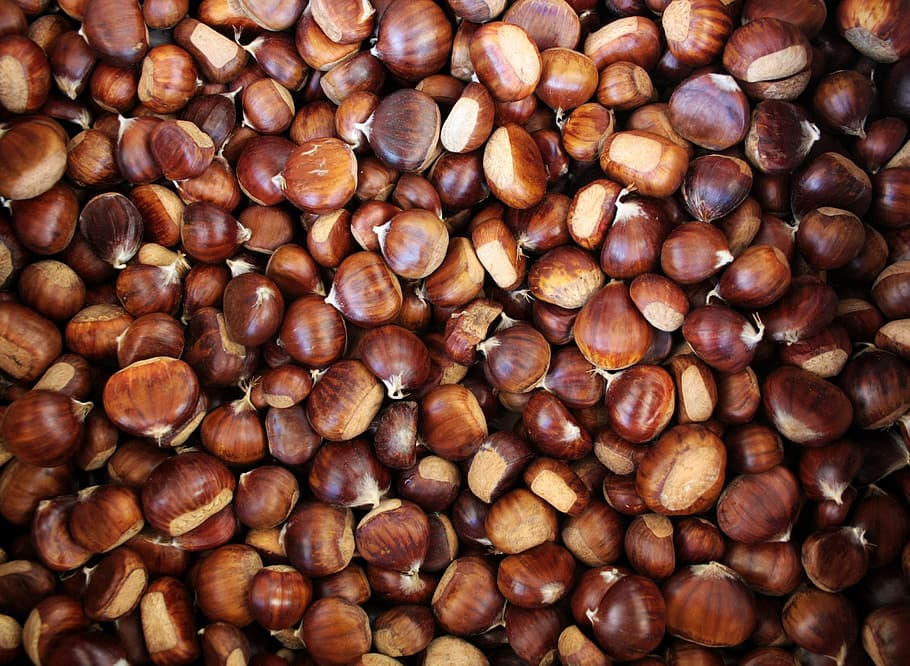
On the first day of November, we celebrate ALL SAINTS. The night before, we eat chestnuts and roasted sweet potatoes and make panellets. On November 11th, for Saint Martin’s Day, it’s called the “Indian summer,” because it seems like the warmth returns. But beware of catching a cold! During autumn, in the squares and in the shops, we find many juicy fruits like grapes, apples, pomegranates, or quinces. Olives and mushrooms are already in the stalls. In the month of November, we are in autumn. The mountains change from green to the red of the trees shedding their leaves. And in the fields, there aren’t many flowers to be seen. The farmers start sowing.

On the 22nd is Saint Cecilia, patron saint of Music. The school prepares to make this celebration a very special day. The youngest, with the help of their families, create various and fun instruments using recycled materials; the older students prepare dances and songs that entertain and are loved by everyone.
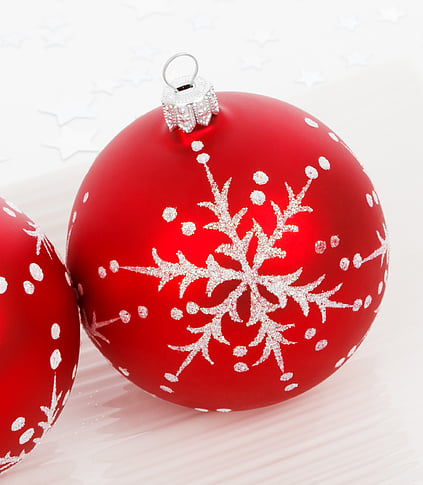
December is the month of Christmas and of the nativity scenes. On the night of December 24th, the Tió is made to “poop” and, traditionally, the Midnight Mass is held to celebrate the birth of Jesus. And on the 25th is Christmas. All families gather for a big meal: escudella, roast, and turrón. Saint Stephen’s Day and the Day of the Holy Innocents are also celebrated… Ah!, and on the last day of the year, the “Man of the Noses” appears!
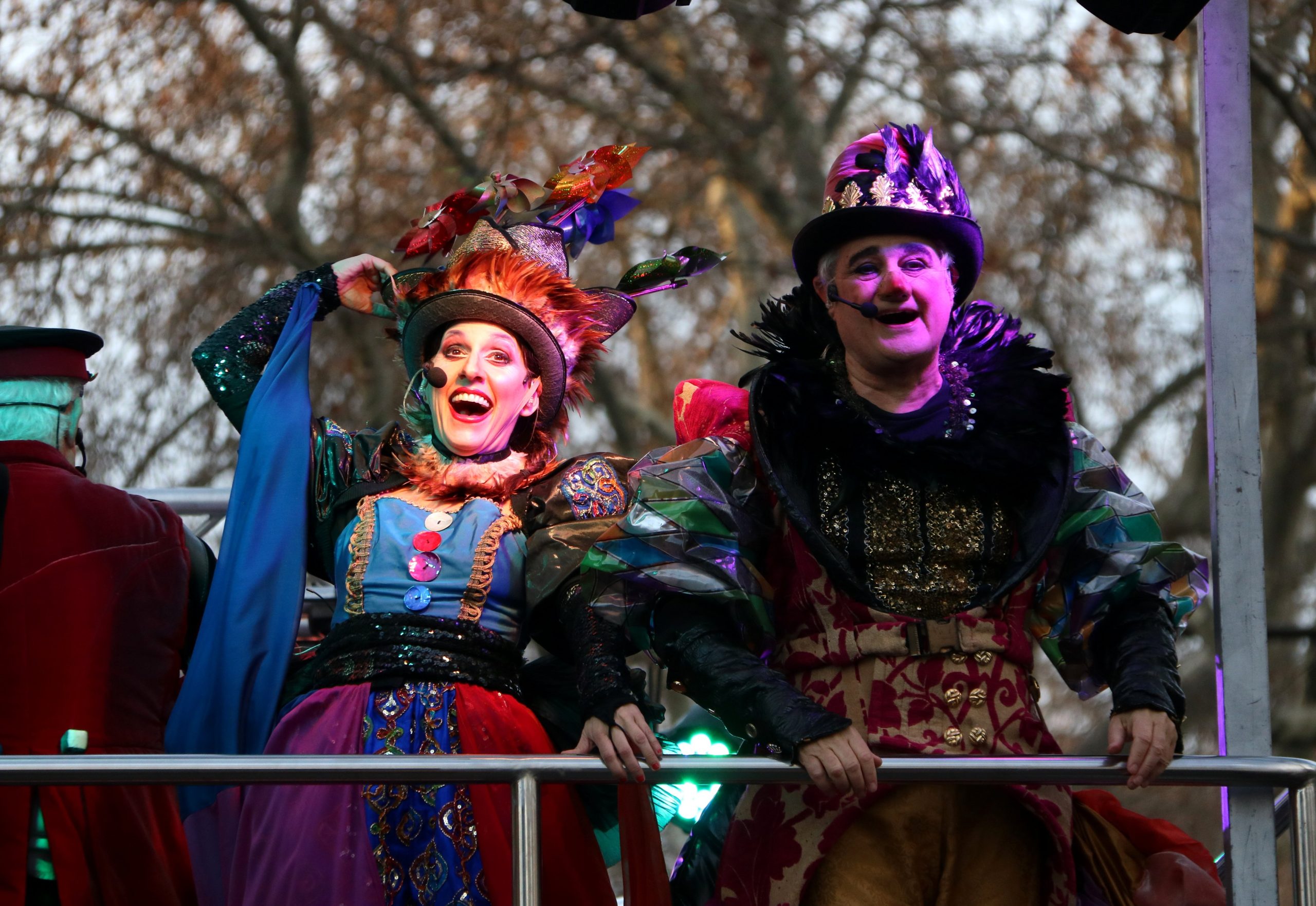
We celebrate Carnestoltes, or Carnival. It starts on Fat Thursday: King Carnestoltes arrives, and ends on Ash Wednesday, when the sardine is buried. There are costume parties and parades, and lots of fun, before the Old Lent arrives.
When Carnestoltes arrives, we all go out for a walk, put on a costume, and jump, sing, and dance.
Tiro-liro, tiro-liro Tiro-liro, tiro-liro
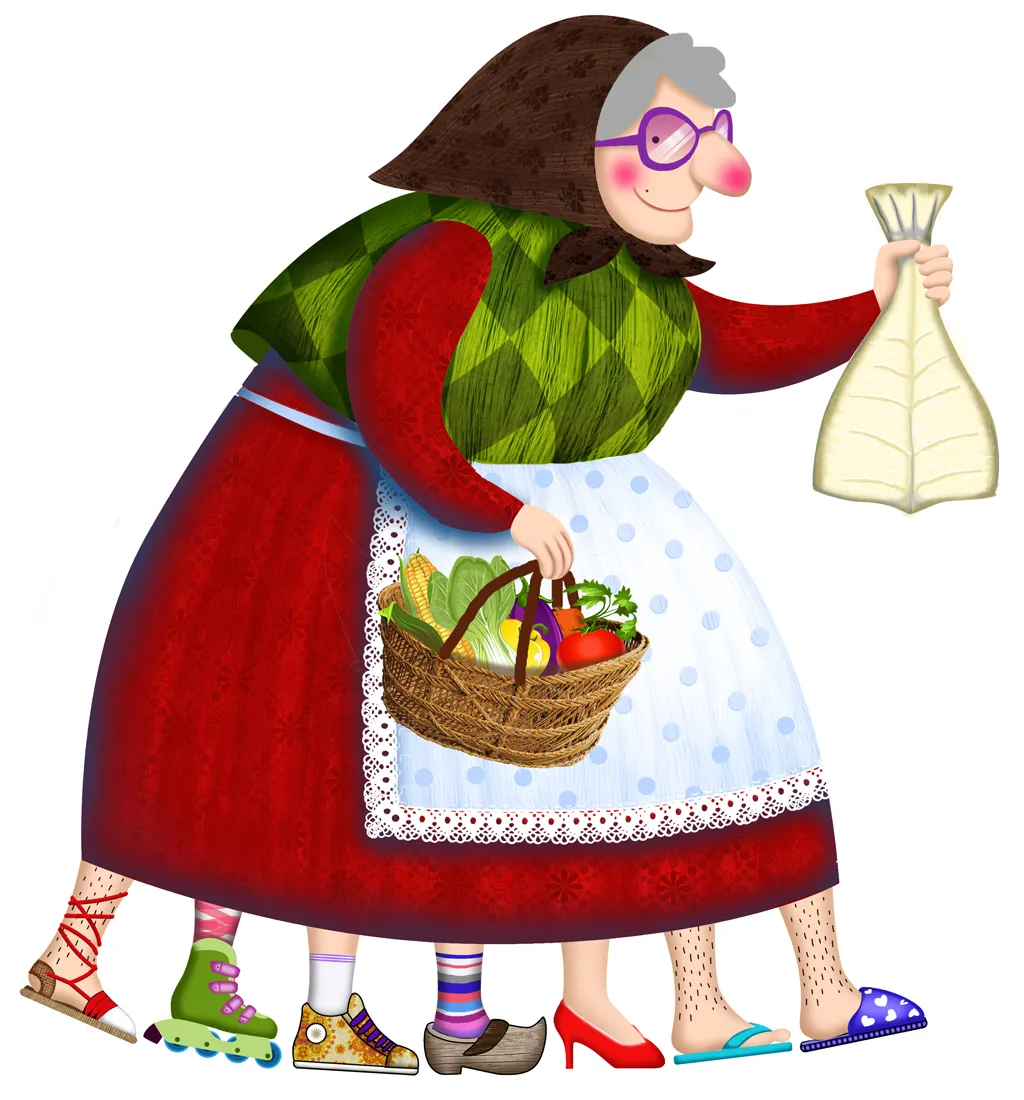
“We know a lady with a headscarf, a basket under her arm, and a patched dress. She is the Old Lent, who has already arrived here, one foot for each week, until they are all gone. We know a lady with a headscarf, a basket under her arm, and a codfish in her hand.” This is one of the songs that reminds us that each week we have to take away one of the Old Lent’s legs. When she has no legs left, Holy Week and the celebration of Easter will begin, with the traditional “mona,” full of plumes, chocolate eggs, and little figurines that we love so much.
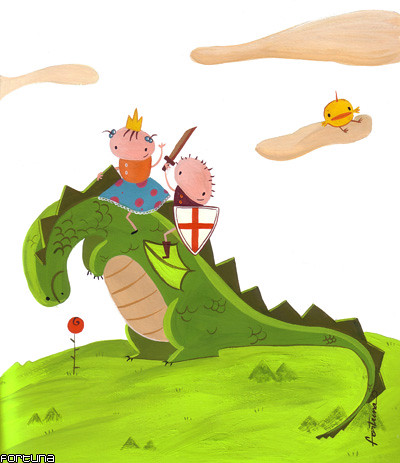
In April, we are already in spring. It’s the season of roses, which make the gardens beautiful. The snails stroll back and forth, because it is a very rainy month: “in April, every drop is worth a thousand.” The day of Sant Jordi is the big celebration, it is the day of lovers and the day of the book. The streets fill with stalls of books and roses, everyone buys and gives them as gifts.

On June 21st, summer begins: the heat and good weather arrive. The fields turn yellow. The wheat is already ready for harvest. Butterflies fly across the meadows, and swallows build their nests.
Summer is the season for fruit. There is plenty of it, and it’s very tasty, like cherries, loquats, plums, watermelon, melon, apricots, peaches, raspberries, and blackberries.
In June, we celebrate Saint John. The night of June 23rd is the bonfire night, the most magical night of the year. Fireworks are set off, bonfires are lit, and the typical coca with pork cracklings or candied fruits is eaten.